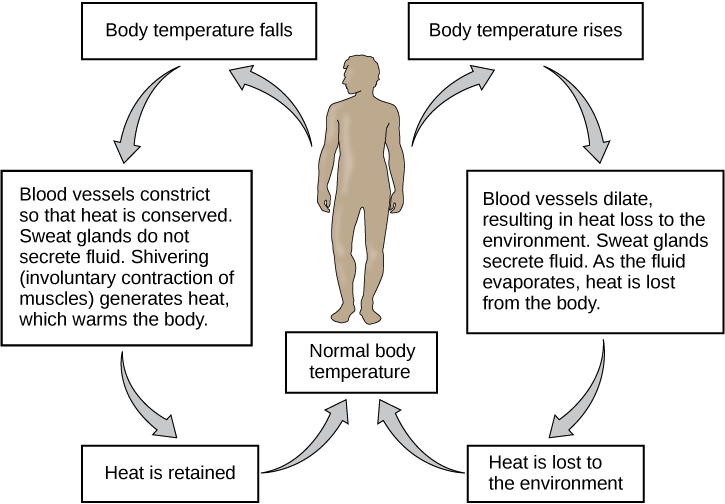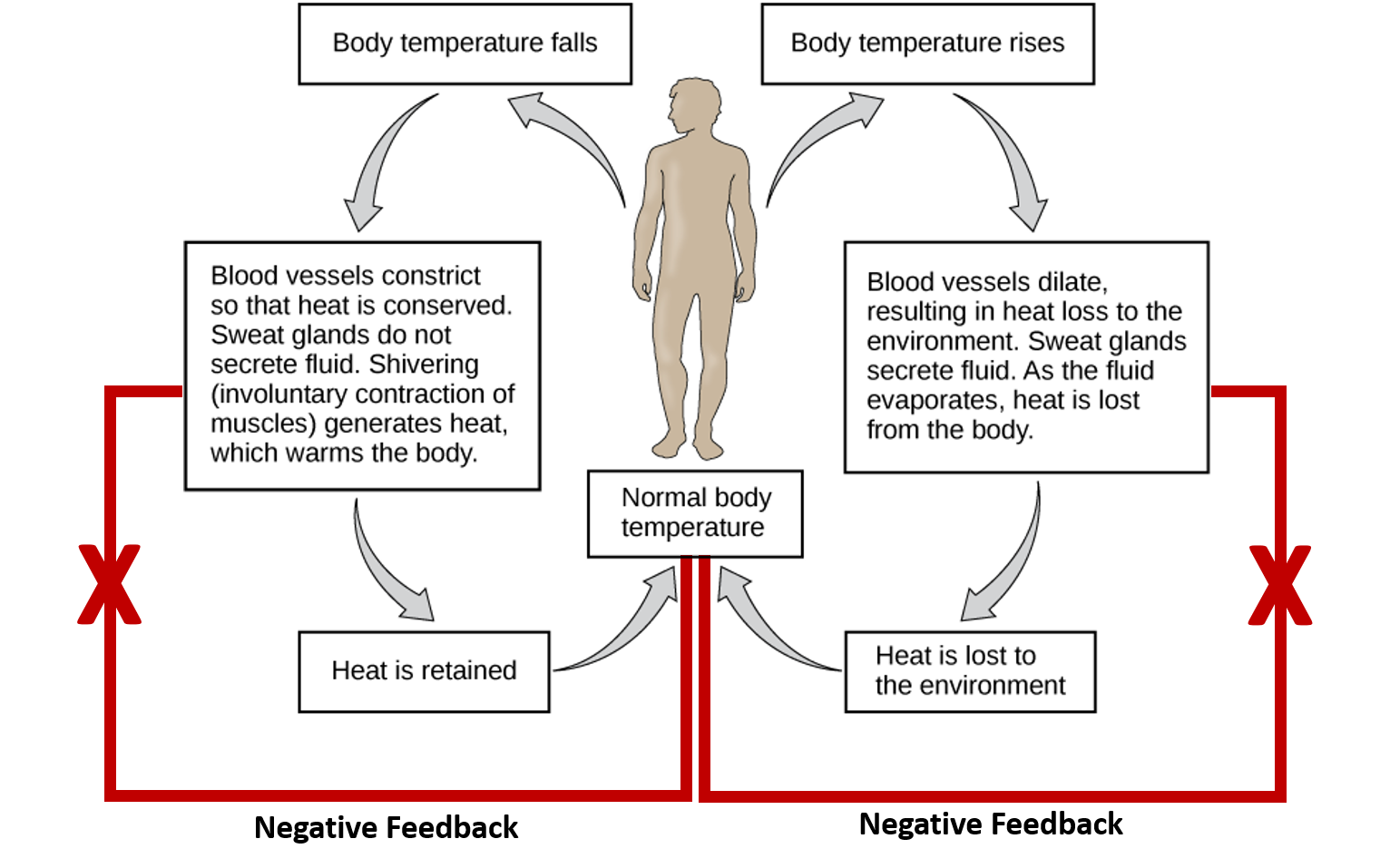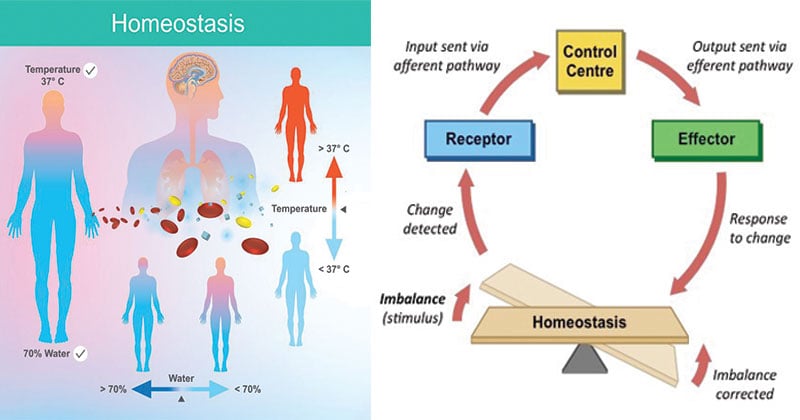Which of the Following Best Describes Homeostasis in Humans
Therefore under normal physiologic conditions water balance and hence plasma osmolality is regulated more by secretion of vasopressin than by thirst. Which of these choices best describes homeostasis.

Homeostasis Article Feedback Khan Academy
The high female mortality due to pregnancy and childbirth corresponded to a higher male mortality from causes related to work accidental injury or violence.
. Humans have been able to adapt to a great diversity of climates including hot humid and hot arid environments. Normal K Homeostasis Internal Distribution of K Case 1. Following a historical perspective in Europe in the 19th Century life expectancy was less than 40 years and longevity of the two genders was generally very similar.
Passive immunotherapy using monoclonal antibodies and donor T cells is effective in some types of cancer but despite extensive research. Moreover infectious and communicable diseases. Heat is mainly produced by the liver and muscle contractions.
Best Practices in Teaching Homeostasis. Thermoregulation is an important aspect of human homeostasis. A 38-year-old woman with end-stage kidney disease due to diabetes mellitus is taken to the operating room for incision and drainage of a perirectal abscess.
All vertebrates have a similar. Given the centrality of the concept of homeostasis 15 16 one would expect that both instructional resources and instructors would provide a consistent model of the concept and apply this model to appropriate systems in which variables are sensed and maintained relatively constant. Most humans derive sufficient water from habitual fluid intake and catabolism of food to maintain plasma osmolality below the threshold that activates thirst.
However with severe degrees of dehydration thirst is essential to. An overview of the latest advances in cancer immunotherapy. Maintenance of a relatively constant internal environment B.
Humans are warm-blooded or endothermic maintaining a near-constant body temperature. High temperatures pose. This review first discusses normal K homeostasis and then describes an approach to patients with disturbances in plasma K concentrations.

Ch103 Chapter 8 Homeostasis And Cellular Function Chemistry

Comments
Post a Comment